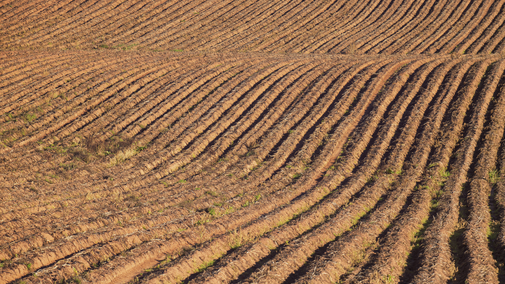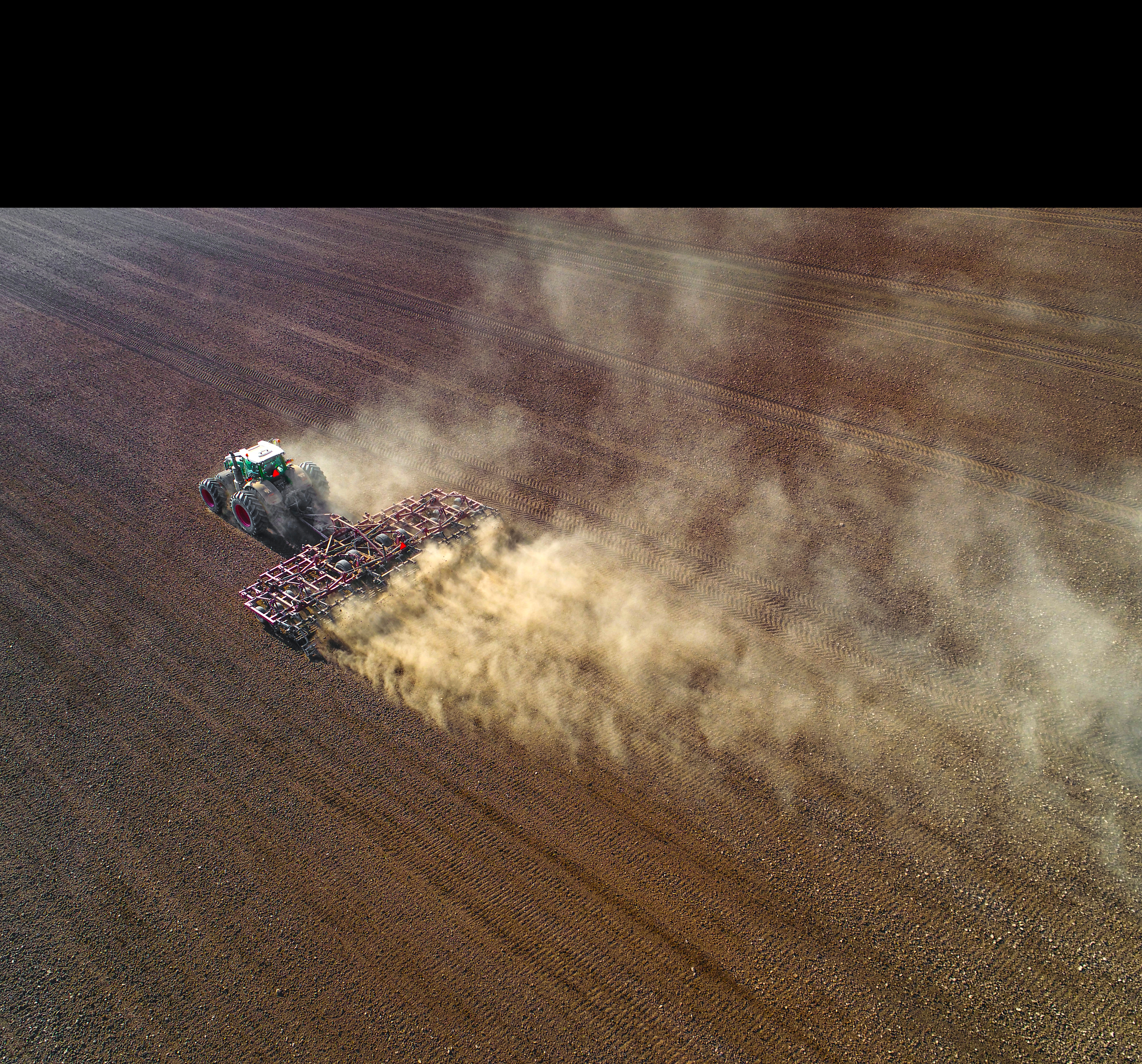Tillage Systems Descriptions
There are a variety of tillage systems available for crop production. While tillage operations are performed for various reasons, producers must evaluate the need for each and every field operation conducted in order to improve profitability. In addition, the effects of the tillage operations on the soil system and the environment must be considered. More information is available on the following tillage systems:
- Plow
- Chisel
- Disk (and/or Field Cultivate)
- Stubble Mulch
- Ridge Plant
- Strip-till
- No-till


Strip-till vs. No-till
There are numerous pros and cons to each tillage system that producers should take into consideration before determining what system to implement on their operation. View the following pages for more information:
Soil and Water Management: Tillage Concepts
Tillage of the soil has been used to prepare a seedbed, kill weeds, incorporate nutrients, and manage crop residues. The goal of the tillage system has been to provide a proper environment for seed germination and root growth for crop production.
Throughout the years, tillage systems have changed as new technologies have become available and the costs of fuel and labor increased. With adoption of reduced tillage systems, many producers are realizing the negative effects of tillage as they see the soil and water conservation benefits of leaving the residue on the soil surface. No-till crop production systems leave the most residue and often prove to be the most profitable methods of crop production.
Tillage breaks up soil structure and destroys residue.
With no-till, the improved soil structure and moisture conserving residue cover makes more water available for crop production by improving infiltration and decreasing evaporation from the soil surface.
- The tilled plot on the left has little soil structure, resulting in problems with soil crusting and crop emergence.
- The no-till plot on the right has a protective layer of residue which absorbs raindrop impact and reduces evaporation from the soil surface.
- The tillage has beat down the soil elevation on the left, compared to the no-till surface on the right, reducing the pore spaces in the soil profile.
Learn more:

